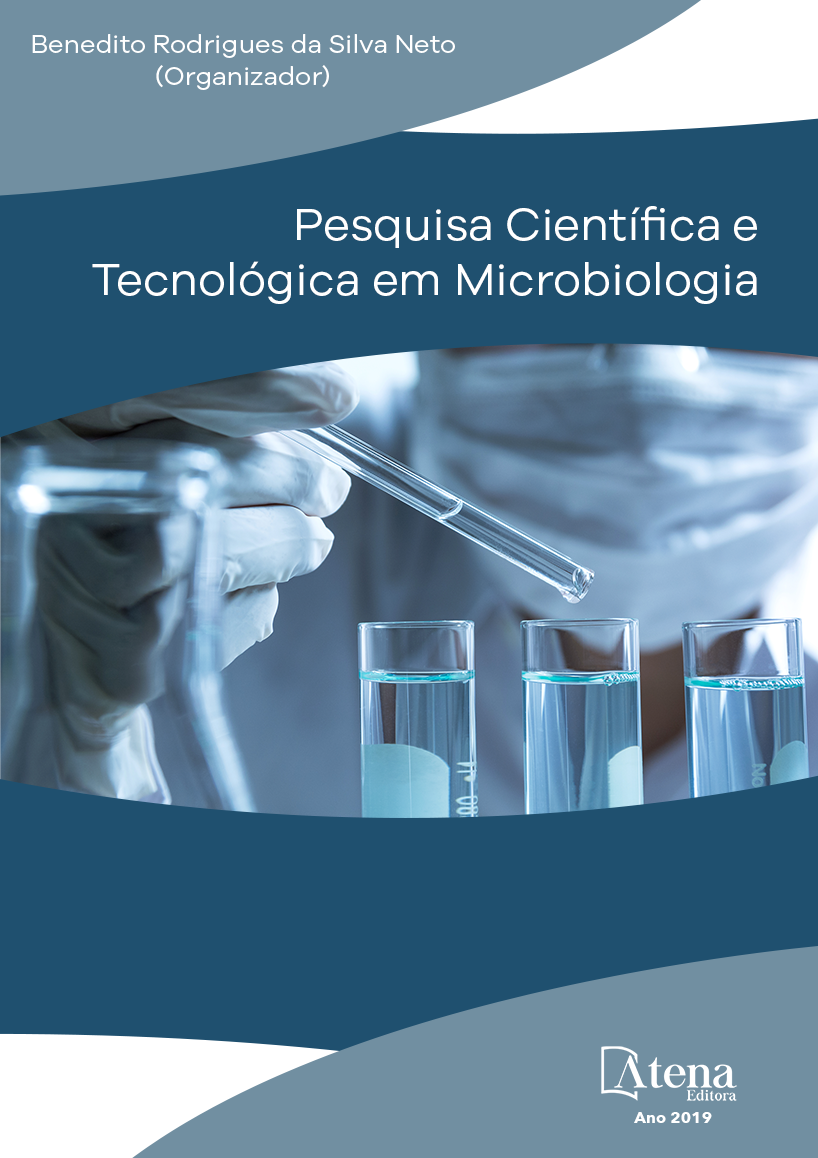
ESTUDO DA COMUNIDADE LIQUÊNICA DA UEMG – IBIRITÉ: ANÁLISE MORFOLÓGICA E ECOLÓGICA COMO CARACTERIZAÇÃO DA POLUIÇÃO ATMOSFÉRICA
Os líquens são uma associação
simbiótica entre fungos e algas ou cianobactérias.
Como não possuem estruturas excretoras,
eles podem acumular grandes quantidades de
compostos tóxicos em sua estrutura, por esse
motivo são ótimos organismos bioindicadores
ambientais. Este estudo teve como objetivo
analisar e identificar a presença e a distribuição
de famílias liquenicas e relaciona-las com as
quatro diferentes áreas subdivididas da área
total, localizada em Ibirité, na Universidade do
Estado de Minas Gerais - Unidade Ibirité. As
áreas foram delimitadas de acordo com suas
características sendo a Área 1 a mais próxima
da avenida e a Área 3 a mais distante. Em cada
área foi feito o levantamento aproximado da
quantidade de árvores existentes e quais dessas
apresentam quantia significativa de liquens.
Foram identificadas quatro famílias de fungos
liquênicos, sendo elas: Parmeliaceae (38,24%),
Collemataceae (25%), Chrysothricaceae
(5,88%) e Pertusariacea (30,88%). A família
mais abundante na região da UEMG – Ibirité
é a Parmeliaceae (38,24%), tratando-se que
essa família ocorre com bastante frequência
em regiões de cerrado e de áreas urbanas.
Considerando que os liquens são seres
capazes de oferecer uma interpretação sobre
as condições atmosféricas e ambientais de
uma região, é possível concluir a partir desse
estudo que é necessário além da observação
das condições atmosféricas (poluentes) locais,
é preciso que se tenha também uma análise das
condições ecológicas tais como: disposição de
luz, corrente de ar e umidade de uma área para
assim associar a presença liquênica à poluição
atmosférica.
ESTUDO DA COMUNIDADE LIQUÊNICA DA UEMG – IBIRITÉ: ANÁLISE MORFOLÓGICA E ECOLÓGICA COMO CARACTERIZAÇÃO DA POLUIÇÃO ATMOSFÉRICA
-
DOI: 10.22533/at.ed.7271911118
-
Palavras-chave: Líquen, Bioindicador, Análise, Poluição.
-
Keywords: Lichen, Bioindicator, Pollution, Analysis.
-
Abstract:
Lichens are a symbiotic association between fungi and algae or
cyanobacteria. Because they do not have excretory structures, they can accumulate
large amounts of toxic compounds in their structure, which is why they are great
environmental bioindicator organisms. The objective of this study was to analyze and
identify the presence and distribution of lichen families and to relate them to the four
different subdivided areas of the total area, located in Ibirité, State University of Minas
Gerais - Ibirité Unit. The areas were delimited according to their characteristics being
Area 1 closest to the avenue and Area 3 the farthest. In each area an approximate
survey was made of the number of existing trees and which of these have a significant
amount of lichens. Four families of lichen fungi were identified: Parmeliaceae (38.24%),
Collemataceae (25%), Chrysothricaceae (5.88%) and Pertusariacea (30.88%). The
most abundant family in the region of UEMG - Ibirité is Parmeliaceae (38.24%),
being that this family occurs quite frequently in regions of cerrado and urban areas.
Considering that lichens are capable of providing an interpretation on the atmospheric
and environmental conditions of a region, it is possible to conclude from this study
that it is necessary besides observing the local atmospheric (pollutant) conditions, it is
necessary to have an analysis of the ecological conditions such as: light arrangement,
air current and humidity of an area to associate the presence of lichen to atmospheric
pollution.
-
Número de páginas: 13
- Letícia Maria Soares Azevedo
- Camila Mara dos Reis
- Daniela de Oliveira Costa
- Reisila Simone Migliorini Mendes
- Marisa Cristina da Fonseca Casteluber


